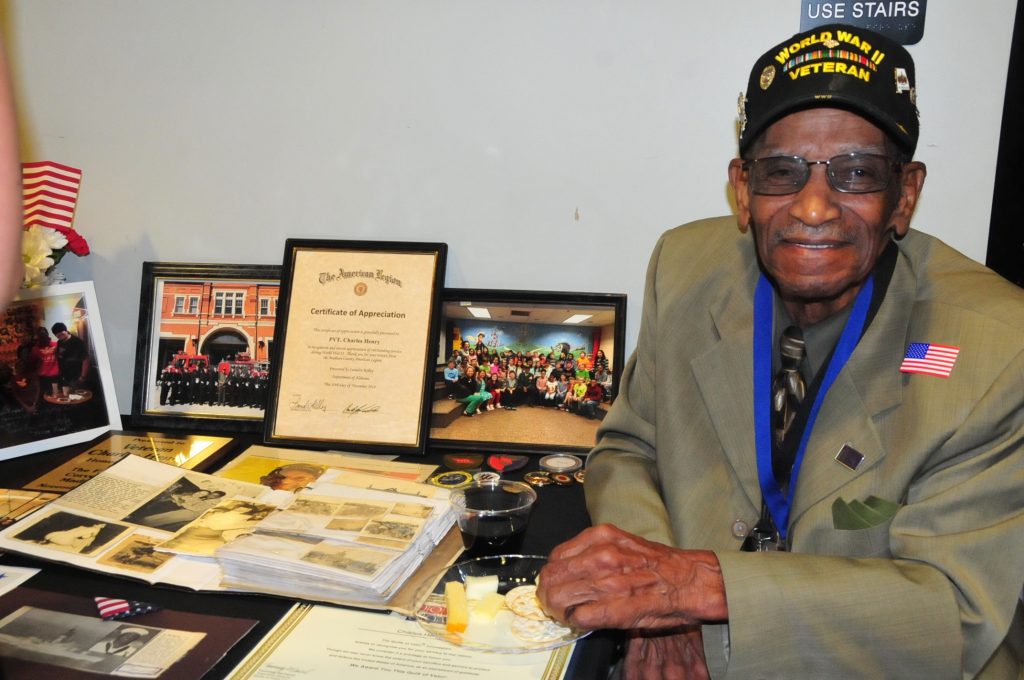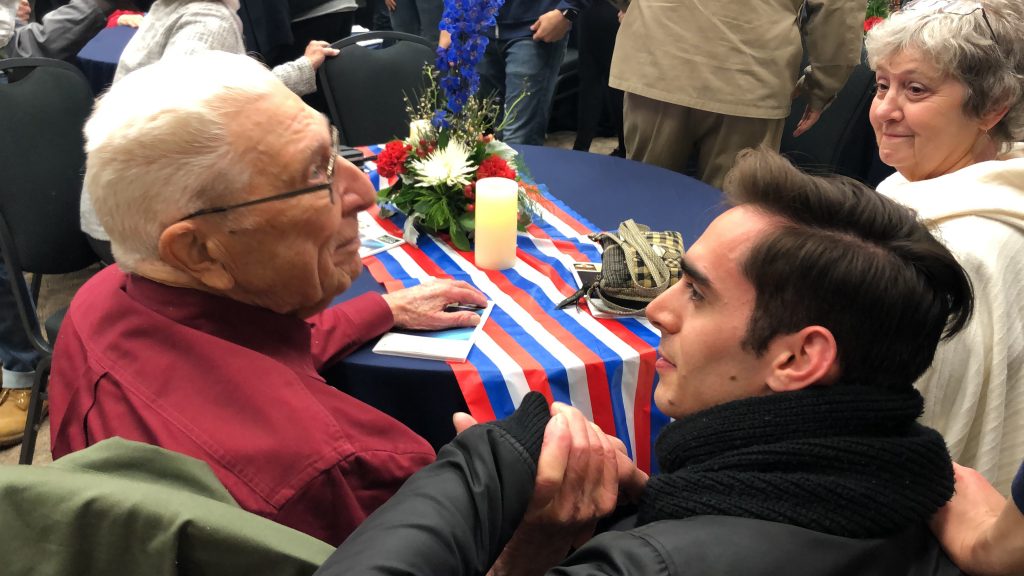Instance an assess does not take the fresh multifaceted paltalk richness and complexity off people sexual direction. To understand more about the consequences of the simplification, we pursued hereditary analyses across the different facets out of sexual orientation and you will conclusion.
I dependent the hidden hereditary structures is extremely state-of-the-art; discover no single hereditary determinant (both named brand new “gay gene” in the media)
First, within participants reporting same-sex sexual behavior, we performed a GWAS on the proportion of same-sex partners to total partners, with a higher value indicating a higher proportion of same-sex partners (14). In the UK Biobank, this is measured directly from participants’ reported number of same-sex and all partners, whereas in 23andMe, we used participants’ raw responses to the item “With whom have you had sex?”, which in individuals reporting same-sex sexual behavior could be “other sex mostly,” “other sex slightly,” “equal,” “same sex slightly,” “same sex mostly,” or “same sex only.” The UK Biobank and 23andMe variables were heritable (table S20A) and genetically correlated with each other (rg = 0.52 and 95% CIs, ? 0.16 to 1.20 for females; rg = 0.73 and 95% CIs, 0.18 to 1.27 for males) ( Fig. 5A and table S20C), so we used MTAG to meta-analyze across the two studies for subsequent analyses.
(A)Hereditary correlations within head phenotype (same-intercourse intimate behavior; heterosexuals in the place of nonheterosexuals) and you may proportion of same-sex in order to complete sexual couples certainly nonheterosexuals, in britain Biobank and you can 23andMe trials. (B) Scatterplot proving hereditary correlations of your own chief phenotype (x-axis) together with ratio regarding same-intercourse so you’re able to complete people certainly nonheterosexuals (y axis) with various almost every other attributes (table S21). (C) Genetic correlations certainly one of some other intimate preference contents of the fresh new 23andMe take to.
We found little evidence for genetic correlation of the proportion of same-sex to total partners among individuals reporting same-sex sexual behavior (nonheterosexuals) with the binary same-sex sexual behavior variable [rg = ?0.31 (95% CIs, ?0.62 to 0.00) for females and rg = 0.03 (95% CIs, ?0.18 to 0.23) for males] (table S20B). Further, this phenotype showed a markedly different pattern of genetic correlations with other traits, as compared with corresponding genetic correlations with the binary same-sex sexual behavior variable ( Fig. 5B and table S21). These findings suggest that the same-sex sexual behavior variable and the proportion of same-sex partners among nonheterosexuals capture aspects of sexuality that are distinct on the genetic level, which in turn suggests that there is no single continuum from opposite-sex to same-sex sexual behavior. Interpretations of any one set of results in our study must consider this complexity.
With this thought, we examined the potential for other genetic variants identifying heterosexual decisions away from different dimensions of exact same-gender couples in this nonheterosexuals. To accomplish this, we performed additional GWASs in britain Biobank investigation on the after the characteristics: people whoever lovers was basically (i) below a 3rd same-gender, (ii) anywhere between a third and two-thirds same-sex, (iii) more a couple of-thirds exact same-gender, and you will (iv) exclusively exact same-intercourse. Genetic correlations of first about three categories to the next was 0.13,0.80, and you can 0.95 (table S22), exhibiting partly some other hereditary versions determining heterosexual choices away from varying proportions out-of same-sex people within nonheterosexuals.
Last, using additional measures from 23andMe, we showed strong genetic correlations (all rg ? 0.83) ( Fig. 5C and fig. S7) of same-sex sexual behavior with items assessing same-sex attraction, identity, and fantasies (a full list of items is provided in table S5), suggesting that these different aspects of sexual orientation are influenced by largely the same genetic variants. The full set of results of phenotypic and genetic correlations for females, males, and the whole sample is available in fig. S7 and table S5.
Dialogue
I recognized genome-wide extreme loci associated with exact same-gender sexual conclusion and found proof of a larger share of popular hereditary type. As an alternative, of many loci with privately small consequences, pass on along side whole genome and you will partly overlapping in women and you may males, additively sign up for private differences in predisposition to help you exact same-intercourse sexual behavior. All the counted popular alternatives together with her determine only area of the hereditary heritability at society peak and don’t succeed meaningful forecast from your sexual taste.







